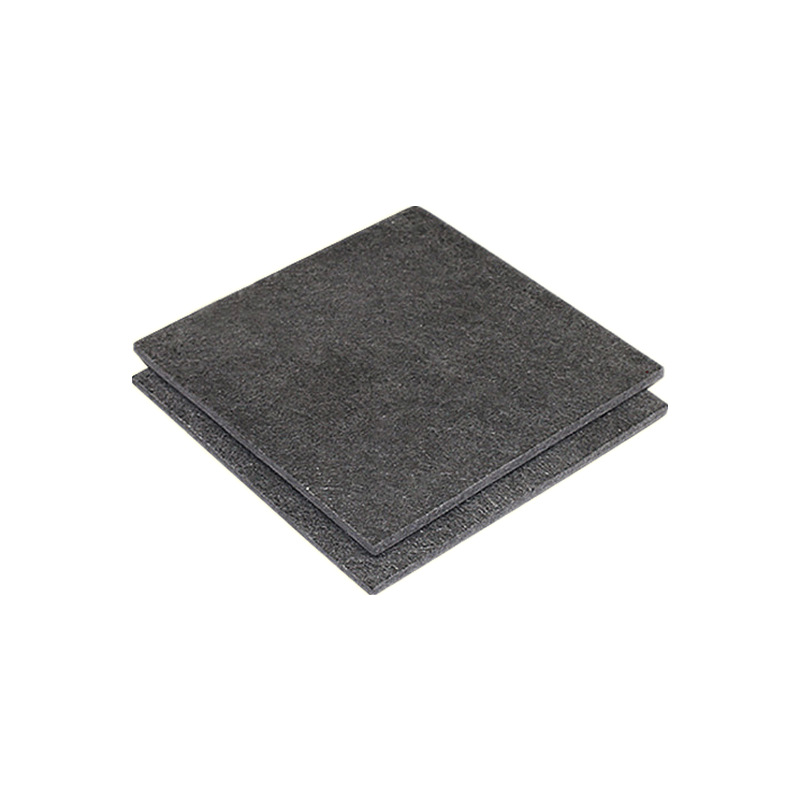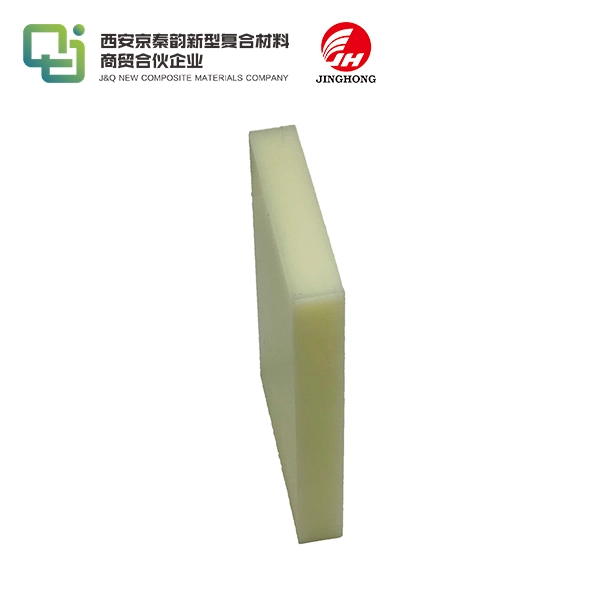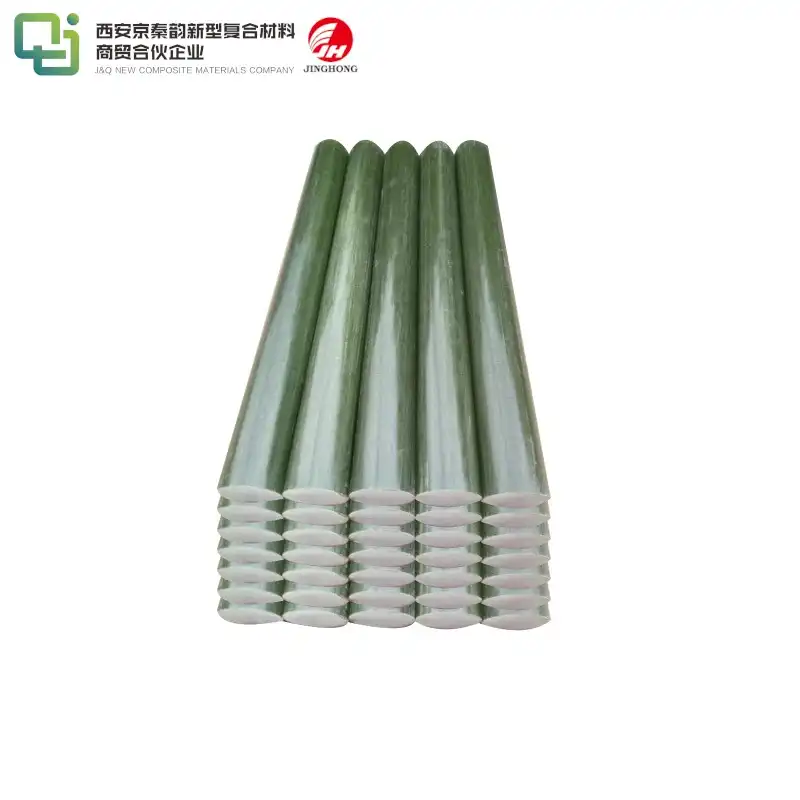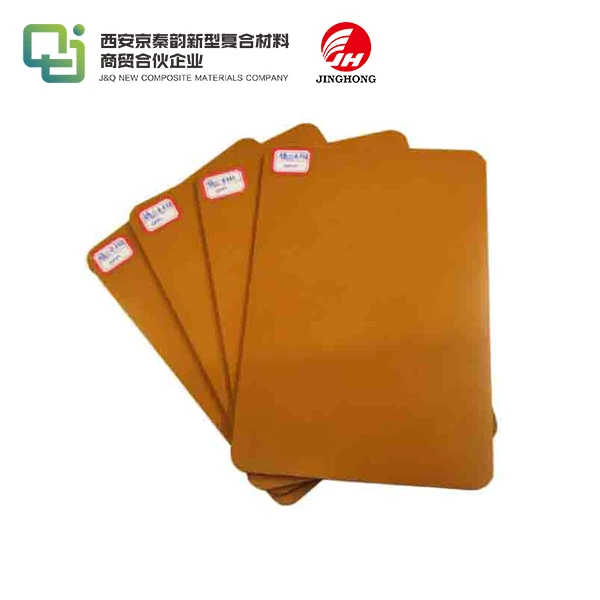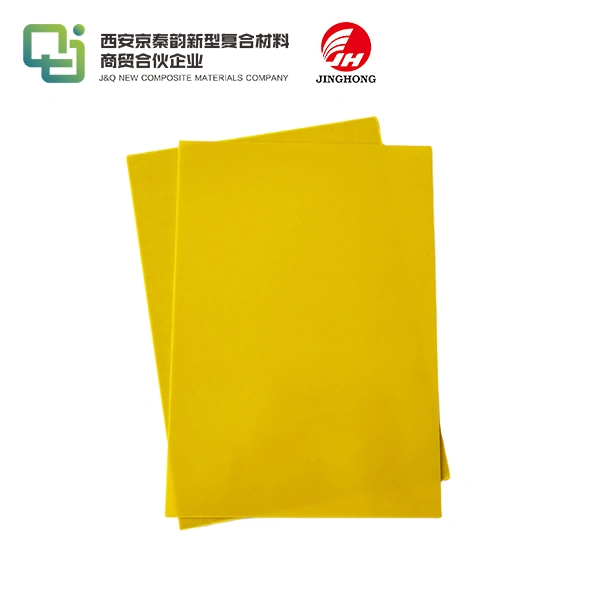Is Phenolic Resin Board Eco-Friendly?
2025-05-12 17:07:53
Phenolic resin board, a versatile and robust material, has gained popularity in various industries due to its exceptional properties. However, when it comes to environmental considerations, the answer isn't straightforward. While phenolic resin boards offer durability and longevity, potentially reducing the need for frequent replacements, their production process and end-of-life disposal raise some ecological concerns. The boards are derived from petrochemicals and may contain formaldehyde, which can have environmental implications. Nevertheless, advancements in manufacturing techniques and the development of more sustainable alternatives are gradually improving the eco-profile of phenolic resin boards. To truly assess their environmental impact, it's crucial to consider the entire lifecycle of the product, from raw material extraction to disposal or recycling.
Understanding Phenolic Resin Board Composition and Production
Raw Materials and Their Environmental Impact
Phenolic resin boards are primarily composed of phenol-formaldehyde resins and reinforcing materials. The production of these raw materials involves petrochemical processes, which can have significant environmental repercussions. Extraction and refining of petroleum products contribute to greenhouse gas emissions and potential ecosystem disruption. Additionally, formaldehyde, a key component in phenolic resins, is classified as a volatile organic compound (VOC) and can have adverse effects on air quality if not properly managed during manufacturing.
Manufacturing Process and Energy Consumption
The production of phenolic resin boards requires substantial energy input. The process involves heating and pressing the resin-impregnated materials under high pressure and temperature. This energy-intensive procedure contributes to the carbon footprint of the final product. However, many manufacturers are implementing more efficient technologies and exploring renewable energy sources to mitigate these impacts. The adoption of closed-loop systems and waste heat recovery techniques are examples of efforts to enhance the sustainability of the manufacturing process.
Emissions and Waste Management in Production
During the manufacturing of phenolic resin boards, various emissions and waste products are generated. These may include volatile organic compounds, particulate matter, and wastewater. Responsible manufacturers implement stringent emission control systems and waste management protocols to minimize environmental harm. Advanced filtration technologies and proper disposal methods for chemical residues are crucial in reducing the ecological impact of production. Moreover, some facilities are exploring innovative ways to repurpose or recycle production waste, further improving the overall sustainability of phenolic resin board manufacturing.
Environmental Performance of Phenolic Resin Boards in Use
Durability and Longevity
One of the most compelling environmental arguments in favor of phenolic resin boards is their exceptional durability. These boards exhibit remarkable resistance to wear, moisture, chemicals, and extreme temperatures. This resilience translates to a longer lifespan compared to many alternative materials. The extended service life of phenolic resin boards means fewer replacements are needed over time, potentially reducing the overall environmental impact associated with production and disposal of building materials. This longevity factor is particularly significant in applications where frequent material replacement would otherwise be necessary, such as in harsh industrial environments or exterior construction.
Energy Efficiency and Insulation Properties
Phenolic resin boards possess excellent thermal insulation properties, contributing to enhanced energy efficiency in buildings and industrial applications. When used in construction, these boards can significantly reduce heat transfer, leading to decreased energy consumption for heating and cooling. The improved thermal performance of structures incorporating phenolic resin boards can result in substantial energy savings over the lifetime of a building. This indirect environmental benefit should be considered when evaluating the overall ecological impact of the material. Furthermore, the lightweight nature of phenolic resin boards can reduce transportation-related emissions and energy requirements during installation.
Emissions and Off-gassing During Use
A critical aspect of assessing the eco-friendliness of phenolic resin boards is their potential for emissions and off-gassing during use. While modern manufacturing techniques have significantly reduced formaldehyde emissions, some concerns remain regarding indoor air quality, particularly in the initial period after installation. However, many phenolic resin boards now meet stringent emission standards and certifications, such as GREENGUARD, which verifies low chemical emissions. It's important to note that emissions tend to decrease over time, and proper ventilation during and after installation can further mitigate any potential issues. Ongoing research and development in this area continue to improve the environmental performance of phenolic resin boards in various applications.
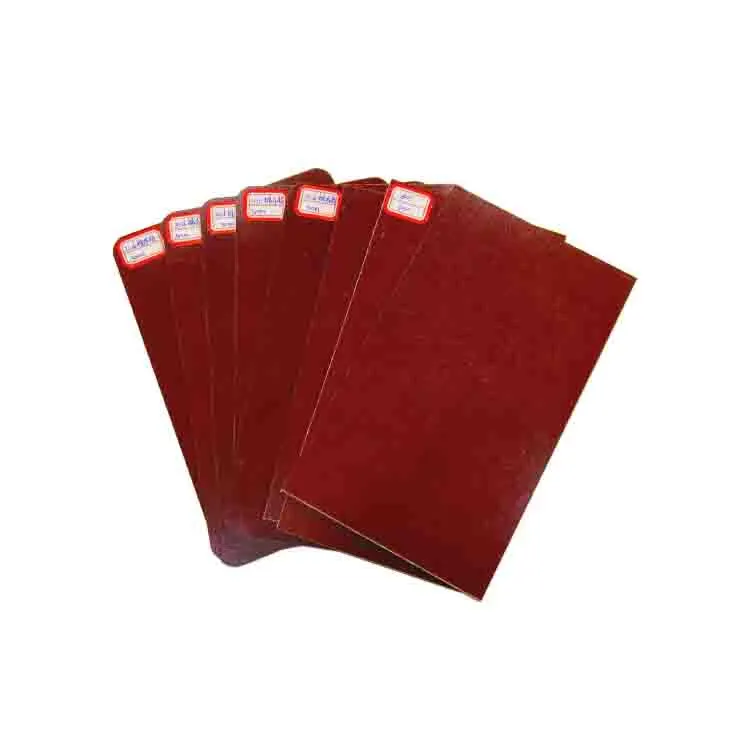
End-of-Life Considerations and Recycling Potential
Disposal Challenges and Environmental Impact
The end-of-life stage of phenolic resin boards presents significant environmental challenges. These boards are not biodegradable and can persist in landfills for extended periods. The composite nature of the material, combining resin with reinforcing fibers or fillers, makes separation and recycling difficult. When incinerated, phenolic resin boards may release harmful emissions if not processed in facilities with appropriate pollution control measures. The disposal of these materials requires careful consideration to minimize negative environmental impacts. Some regions have implemented specific guidelines for the disposal of construction and demolition waste containing phenolic resins, emphasizing the need for responsible end-of-life management.
Recycling and Upcycling Possibilities
While challenging, efforts are underway to develop effective recycling methods for phenolic resin boards. Some innovative approaches involve grinding the boards into particulate matter for use as fillers in new composite materials or as aggregate in certain construction applications. Research is also exploring chemical recycling techniques to break down the resin and recover valuable components. Upcycling initiatives have shown promise, with discarded phenolic resin boards being repurposed for non-structural applications or incorporated into artistic projects. These recycling and upcycling efforts, though still limited in scale, represent important steps towards improving the lifecycle sustainability of phenolic resin boards.
Emerging Sustainable Alternatives
The quest for more environmentally friendly alternatives to traditional phenolic resin boards has led to significant innovations in material science. Bio-based phenolic resins, derived from renewable resources such as lignin or cashew nut shell liquid, are emerging as promising eco-friendly options. These alternatives aim to reduce reliance on petrochemicals while maintaining the desirable properties of phenolic resins. Additionally, research into fully biodegradable composites that could replace phenolic resin boards in certain applications is progressing. While these sustainable alternatives are still in various stages of development and commercialization, they represent the industry's commitment to addressing environmental concerns and moving towards more eco-friendly solutions in the future.
Conclusion
The eco-friendliness of phenolic resin boards is a complex issue that requires a holistic evaluation. While these materials offer significant benefits in terms of durability, energy efficiency, and performance, concerns remain regarding their production process and end-of-life disposal. The industry's ongoing efforts to improve manufacturing techniques, reduce emissions, and explore recycling options are gradually enhancing the environmental profile of phenolic resin boards. As sustainable alternatives continue to emerge, the future of these materials looks promising from an ecological perspective. Ultimately, the eco-friendliness of phenolic resin boards depends on responsible manufacturing, thoughtful application, and proper end-of-life management.
Contact Us
For more information about our eco-friendly insulating sheet options and sustainable manufacturing practices, please contact us at info@jhd-material.com. Our team is committed to providing high-quality products while prioritizing environmental responsibility.
References
1. Johnson, M. R., & Gibson, A. G. (2020). "Sustainability of Phenolic Resins in Construction Applications." Journal of Building Materials and Structures, 15(3), 287-302.
2. Zhang, L., & Xiao, W. (2019). "Life Cycle Assessment of Phenolic Resin Board Production: Challenges and Opportunities." Environmental Science & Technology, 53(12), 6870-6882.
3. Tomas, R. M., & Fernandez, J. L. (2021). "Eco-friendly Alternatives to Traditional Phenolic Resin Boards: A Comparative Study." Green Materials, 9(4), 201-215.
4. Chen, H., & Wang, Y. (2018). "Emissions and Indoor Air Quality: The Impact of Phenolic Resin-Based Materials." Indoor and Built Environment, 27(6), 789-803.
5. Patel, S., & Kumar, A. (2022). "Recycling and Upcycling of Phenolic Resin Boards: Current Status and Future Prospects." Waste Management & Research, 40(2), 156-170.
6. Anderson, K. L., & Smith, B. R. (2020). "Energy Efficiency in Buildings: The Role of Phenolic Resin Insulation Boards." Energy and Buildings, 215, 109857.

